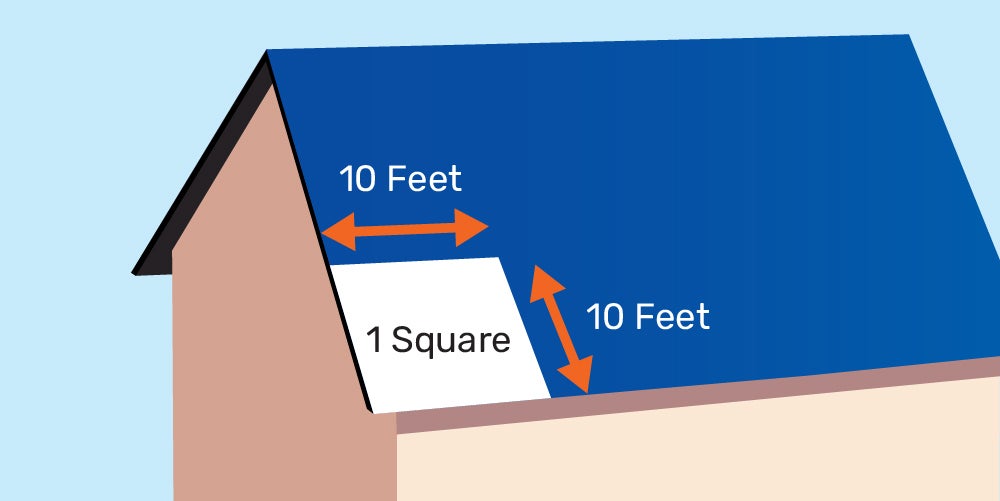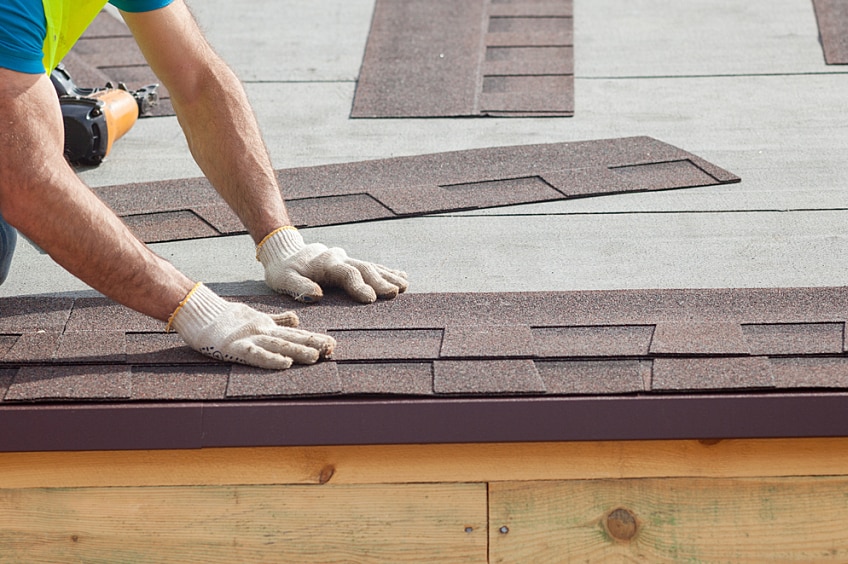What is a Roof Square? Understanding Roofing Measurements
When it comes to roofing projects, understanding the terminology is crucial for both homeowners and contractors. When you understand the vocabulary roofing contractors use, you won’t feel so lost during the roofing process.
One commonly used term in the roofing industry is the “roof square.” If you’re planning to replace or repair your roof, knowing what a roof square is and how it’s calculated can help you better understand project estimates and costs.
For over a decade, Rescue My Roof has been a leading educator in the industry, helping homeowners through the process of installing their dream roofs. Today, we’re using our expertise to help you.
In this article, we’ll explain what a roof square is, how it’s used, and why it matters. Ultimately, you’ll be able to better navigate the roof estimate and installation process.
What is a Roof Square?

A roofing square is a unit of measurement used in the roofing industry to simplify the estimation and calculation of roofing materials. One roof square equals 100 square feet of roof surface area. This measurement standardizes roofing calculations and makes it easier for contractors to estimate the amount of materials needed for a project.
How is a Roof Square Calculated?
To calculate the number of roof squares needed for a roofing project, you first need to determine the total square footage of the roof. Here’s a step-by-step guide to help you calculate the roof squares:
- Measure the Roof’s Dimensions: Measure the length and width of each section of your roof. If your roof has multiple sections or different pitches, measure each section separately.
- Calculate the Area of Each Section: Multiply the length by the width of each section to find the area in square feet.
- Sum the Areas: Add the areas of all sections together to get the total square footage of the roof.
- Convert to Roof Squares: Divide the total square footage by 100 to convert it to roof squares.
For example, if your roof has a total area of 2,500 square feet, you would divide 2,500 by 100, resulting in 25 roof squares.
Why Roof Squares are Important
Understanding roof squares is important for several reasons:

- Accurate Material Estimation: Roofing contractors use roof squares to estimate the amount of materials needed for a project, such as shingles, underlayment, and roofing nails. This ensures that they purchase the right quantity of materials, reducing waste and saving money.
- Simplified Pricing: Roofing estimates are often given in terms of cost per square. Knowing the number of roof squares allows homeowners to understand and compare quotes more easily.
- Project Planning: Understanding the size of your roof in squares helps with planning the logistics of the project, including the amount of time and labor required.
Additional Considerations
While roof squares provide a standardized way to measure and estimate roofing projects, there are other factors to consider that can affect the total cost and material requirements:
- Roof Pitch: The pitch or slope of the roof can affect the total surface area. Steeper roofs have more surface area than flat roofs with the same footprint.
- Complexity: Roofs with multiple sections, valleys, dormers, and other features may require more materials and labor, increasing the overall cost.
- Waste Factor: Contractors typically add a waste factor to their material estimates to account for cutting and fitting materials around roof features. This is usually an additional 10-15% of the total roof squares.
Installing Your Dream Roof
A roof square is a crucial measurement in the roofing industry, representing 100 square feet of roof surface area. Understanding what a roof square is and how it’s calculated can help homeowners better comprehend roofing estimates and make informed decisions about their projects.
By using roof squares, contractors can accurately estimate material needs and costs, ensuring efficient and effective roofing projects. Whether you’re replacing your roof or planning a repair, knowing about roof squares will equip you with the knowledge to navigate the roofing process with confidence.
Learn more with “4 Reasons to get Multiple Roof Estimates” and “How to Break Down A Roof Estimate (With Sample).”Are you looking for a trustworthy contractor in southeastern Wisconsin? Rescue My Roof has got you covered. Contact us today to get a free estimate.


